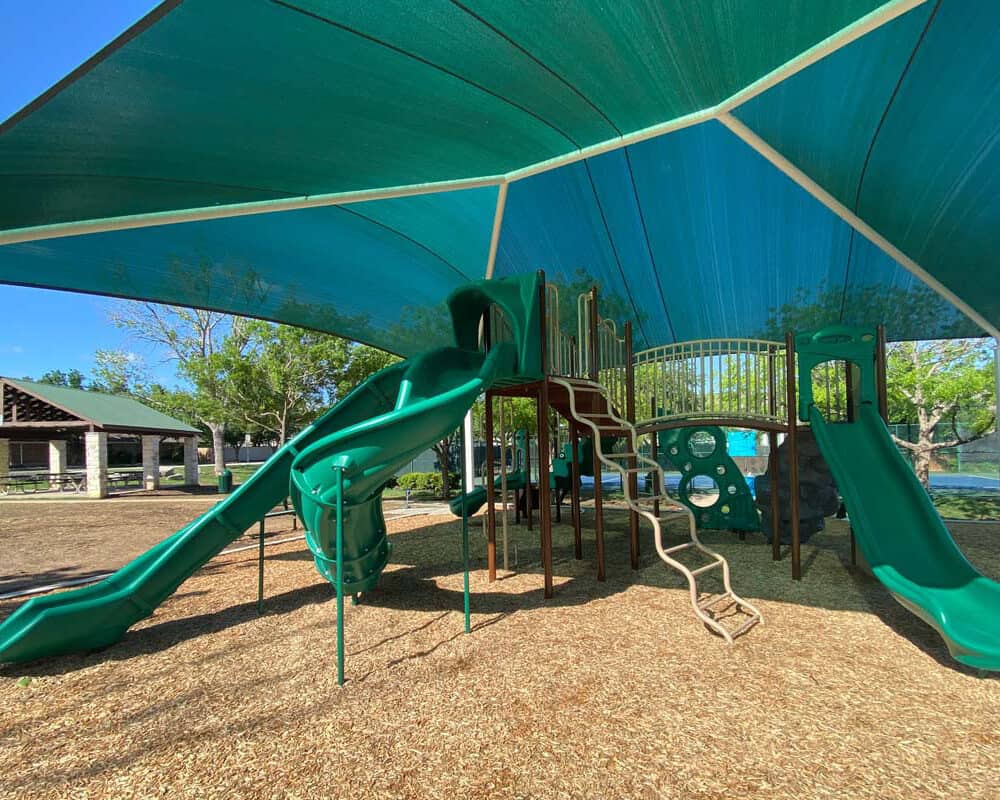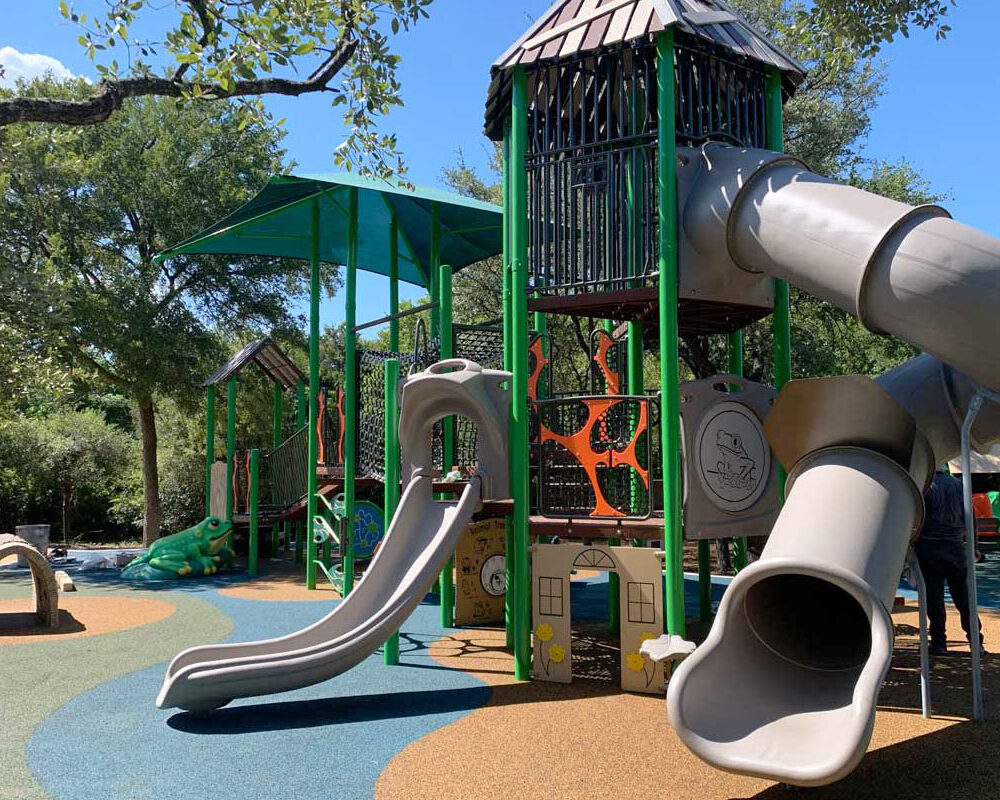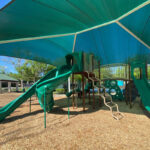As children grow, they need to learn how to play by themselves and with others. Children find it fun to engage in a variety of games that challenge them in different ways, and this variety is healthy for their growth and development. A lot of developmental skills attained by children during play depends on the type of play. If they want to play outside, they need to learn how to climb trees and bushes. If they want to play in the house, they need to learn how to open doors and switch on lights. When designing a playground, it’s important to consider all of these types of play and enable children to experience as many as possible. Here are some of the common plays among children that playgrounds should facilitate.
Unoccupied Play
This type of play is primarily seen among young infants with ages ranging from birth to around three months. Unoccupied play involves infants observing their environment and making movements seeming to lack any purpose. The activities mark the starting point for future explorations into different types of play.
Solitary Play
When children are alone, they need time to play and explore. They need time to learn about themselves and how to be happy. Playing by yourself is not as fun as it seems. However, as much as it may lack then fun, this type of play is beneficial for children who are struggling to figure out how to do things on their own.
Onlooker Play
Onlooker play is an important type of play that helps children learn how to interact with others. It enables them to explore and meet new people. Lookout play allows children to watch other people and figure out how they behave. This type of play is important for children who want to learn about social interactions and how to develop critical thinking skills.
Parallel Play
This type of play is when two or more children are playing at the same time. This is especially beneficial for developing teamwork skills and problem-solving abilities. Parallel play is mostly seen among children between the ages two and three.
Associative Play
Associative play is a type of play where children learn how to associate certain things with other things. It is slightly different from parallel play in that children interact while engaging with their activities. For example, two children may be engaging in conversations as they try making toy cars.
Cooperative Play
Children learn best when they can work together. This is why cooperative play is so important in playgrounds. When children are playing together, they have more fun and can learn new things more easily. They also learn how to work together as a team and stay safe. It commonly occurs between the age of four and five years.
Motor-Physical Play
Motor play is important for children as it helps them develop muscles and physical strength which is key for healthy living. This type of play occurs when children engage in physical games such as tag and hide-and-seek.
Constructive Play
Constructive play is a type of play that is designed to help children learn new skills, advance their development, and develop social skills. It can be achieved with other children or adults and can last anywhere from 10 minutes to an hour. When playing with others, constructive play helps children learn about social relationships and the importance of cooperation. It also promotes problem-solving skills, communication, problem-solving abilities, and problem-solving strategies. The game involves taking on simple tasks that later grow into being complex.
Expressive Play
Expressive play is important for children to learn how to express themselves. It provides them with opportunities to share their feelings, thoughts, and ideas. They also learn how to communicate with others and work together in a group. This type of play helps children socialize, develop communication skills, and work on problem-solving skills.
Dramatic Play
Dramatic play is important for children to come up with imaginings and creations that are way ahead of their levels. An example is when they take the roles of adults and embrace abstract thinking.
Competitive Play
Competitive games are key in achieving development skills for children as they move to be adults. Competitive play is characterized by goals and guided by a certain set of rules. Children learn to appreciate social interactions and the set rules.
Digital Play
This type of play occurs when children engage more with electronic games or computer-based programs. This type of play is important for children to learn how to handle digital devices. They can also learn how to use technology, work on problem-solving skills, and develop critical thinking. However, it should be limited to a certain time per day as playing too many of these games can promote a sedentary lifestyle.
Bottom Line
These types of play are all important in children’s development as they grow up. They can prepare them for future tasks and be a good foundation for them to achieve their goals in life. Games of all kinds help improve children’s physical, mental, emotional, and social skills. It is vital to ensure that children are engaged in constructive play and not just digital play—and this is where playgrounds can play a role. As playground designers, it’s important that we provide a space where children can engage in all types of play to promote healthy, well-rounded development.








